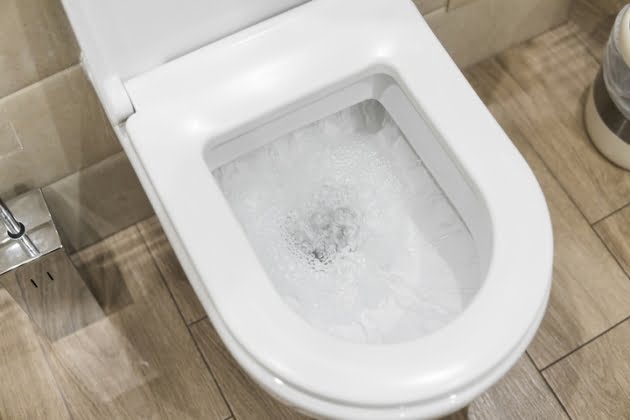Does it bother you when the toilet won’t stop running after a standard flush? Normally, flushing the toilet should be a short, simple, and straightforward process. However, some toilets tend to drain slowly, taking way longer than expected for the flush cycle to complete. If this problem occurs every time you flush the toilet, it can become a major cause of frustration.
At first, you might stare at the toilet tank with caution, hoping the drainage will magically stop in a few seconds. After a while, you may suspect if there’s an underlying reason why the toilet keeps running for so long. Although the problem can sometimes be fixed by adjusting the flush valve, this doesn’t have a guaranteed rate of success. The best course of action is to contact a plumber for professional assistance.
When you encounter a toilet that won’t stop running, the solution starts with identifying the root problem. Here are some possible reasons why your toilet keeps running after a flush:
1. Toilet Flapper Problems
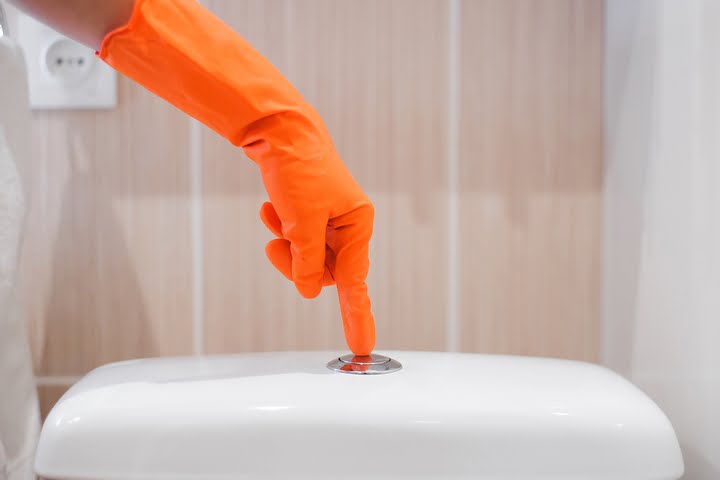
A toilet flapper is designed to seal water in the tank. When your toilet is flushed, a chain is used to pull up the flapper, which allows water to flow into the bowl. Once enough water has been expelled, the flapper goes back to its original position to re-seal the tank. If the flapper has decayed or cracked slightly, water will keep flowing out of the tank even after the flush cycle is complete.
To check if a faulty flapper has caused the toilet to run intermittently, turn off the water supply and drain the toilet. Next, carefully remove the lid covering your toilet tank and peek inside. Check if the chain’s length is too long or too short, which might explain why the flapper hasn’t returned to its original position. If this is the case, simply adjust the chain to the appropriate length.
In addition, a build-up of dirt around the flapper may contribute to a slow draining toilet. Clean the toilet flapper before putting it back in place. If you discover the flapper is broken or cracked, you will need to have this component replaced.
2. Toilet Float Problems
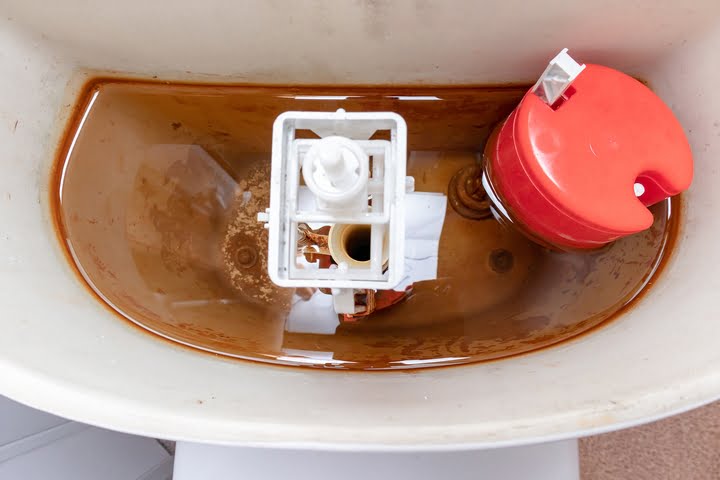
A faulty or incorrectly adjusted float negatively affects your toilet’s effectiveness. In some cases, the float may be tangled with the chain, hindering its functionality. If everything is fine in this department, the float itself could be the issue. To confirm this, shake it and listen for water moving inside. If you can hear water sloshing, the float is likely clogged up and needs to be replaced by a residential plumber.
3. Incorrect Water Level
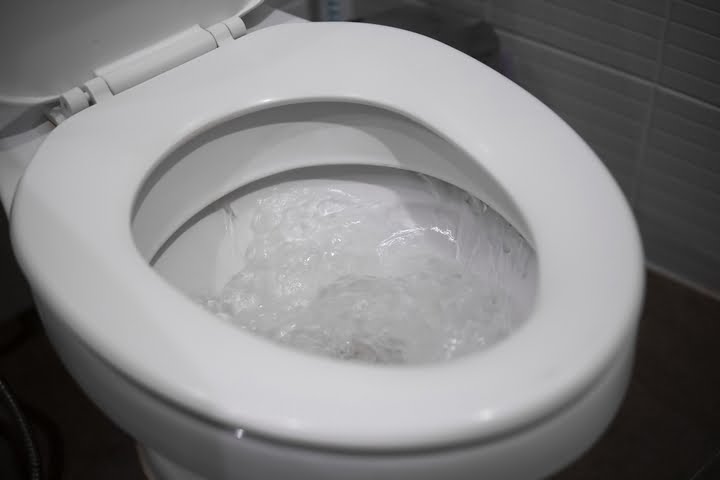
The overflow tube is an open tube that links the toilet bowl and the tank. When the water level in your toilet is too high, the residual water will keep draining into the overflow tube. This causes the toilet to keep running after a flush, potentially instigating water damage in the long run. To correct the water level, you will need to lower the toilet float.
A float ball fill valve can be lowered by adjusting the screw located at the top of the valve. Use a screwdriver to turn the valve partially in a reverse direction. For a float cup fill valve, reduce the float’s height by turning the screw in the same direction. After doing this, flush the toilet and refill the tank to check the water level. The ideal height should be one inch below the top part of the overflow tube.
4. Faulty Fill Valve
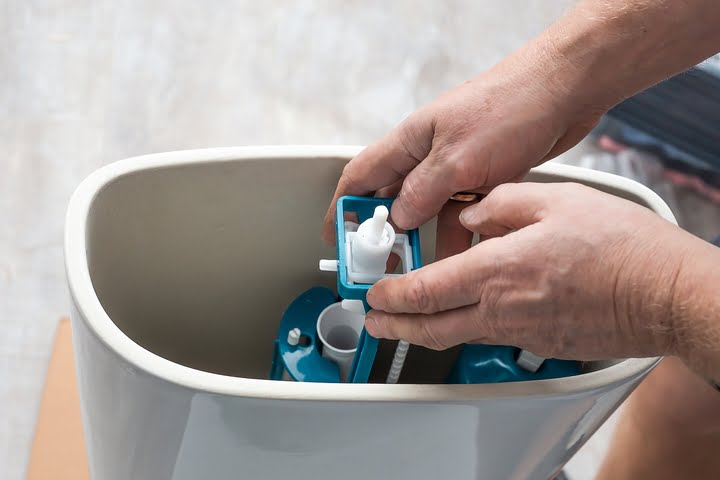
A faulty fill valve is often the cause of a toilet constantly running. The only solution is to replace it. To do so, shut off the water supply and drain your tank fully. You’ll find a lock nut securing the fill valve to the toilet. Using an adjustable wrench, remove the lock nut by turning it anticlockwise. Once this is done, you can now reach the fill valve assembly and pull it out from the tank.
Take the fill valve with you to the local hardware store to find a proper replacement. After installing the new fill valve, make sure you reconnect the water supply line by tightening the nut clockwise to secure it. Finally, test your new fill valve by turning the water supply back on. Let the tank fill with water, observing the water level and adjusting the float height if needed.
5. Faulty Refill Tube
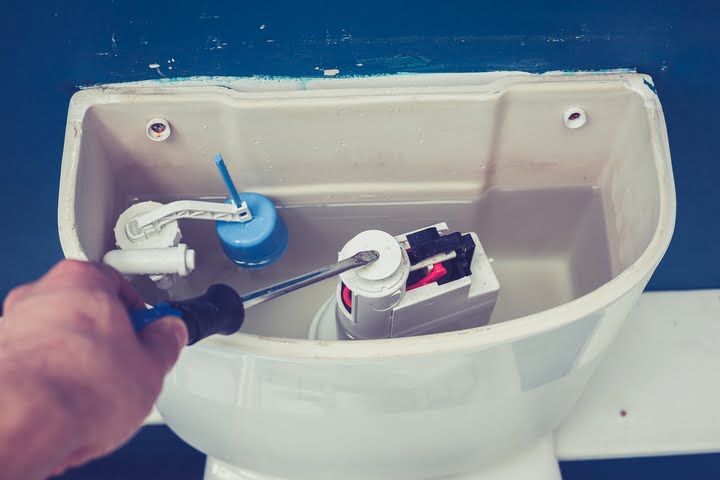
Sometimes, the reason your toilet keeps running is because the refill tube constantly pumps water into the bowl. This happens due to the refill tube being too long or being wrongly positioned in the overflow tube. To shorten the refill tube, pull it out from the overflow and hold it right above the overflow opening. Trim and secure it to the overflow tube side.
Fixing faulty toilet parts by yourself could be a complex endeavour, especially without prior plumbing knowledge. As there may be other underlying issues with the toilet, it is highly recommended that you contact a professional plumber for assistance.



